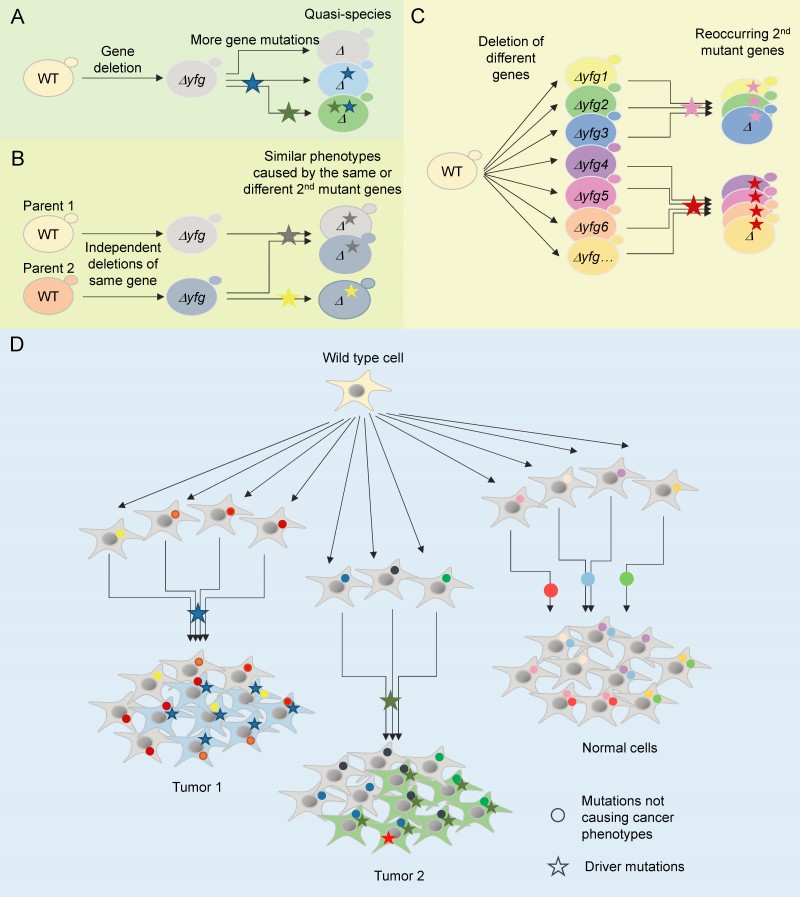FIGURE 1: Model of genome evolution driven by gene mutation.
(A) Most yeast knockout strains, including those lacking your favorite gene (yfg), are quasi-species harboring prevalent additional mutations, only one or two of which cause prominent cancer-like phenotypes.
(B) Independently constructed knockouts of the same gene tend to evolve similar phenotypes by acquiring secondary mutations in the same or different genes, indicating a selection process driven by the first mutation – the original knockout.
(C) Deletion of different genes can drive the selection for mutations in the same genes.
(D) A potential cancer progression model. Wild type human cells acquire random mutations when replicating/repairing DNA for each cell division, most of which have no known consequence and are referred to as passenger mutations. However, occasional random mutations that have functional consequences build selective pressures for further (partially compensating) genetic alterations, some of which are cancer driver mutations and cause tumorigenesis. Hard evidence from yeast implies that mutations in a large portion of human genes have the capacity to drive the selection for cancer mutations.

